Standard time and ratio of espresso extraction Why can't espresso be extracted twice?
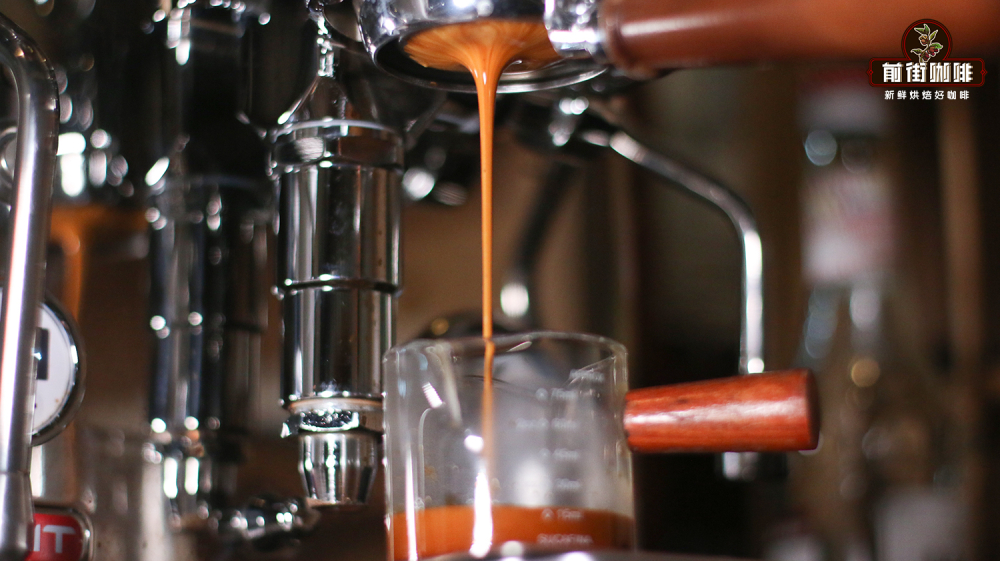
The job before the opening of each coffee shop is to debug a cup of qualified and delicious espresso. We know, what is a qualified espresso? Let's talk about the extraction of espresso in front of the street today.
The extraction principle of Italian concentration
Espresso (Italian Espresso) is essentially a filtration method using a precision metal filter, and the biggest difference between gravity filtration and gravity filtration (hand-punching) is pressure.
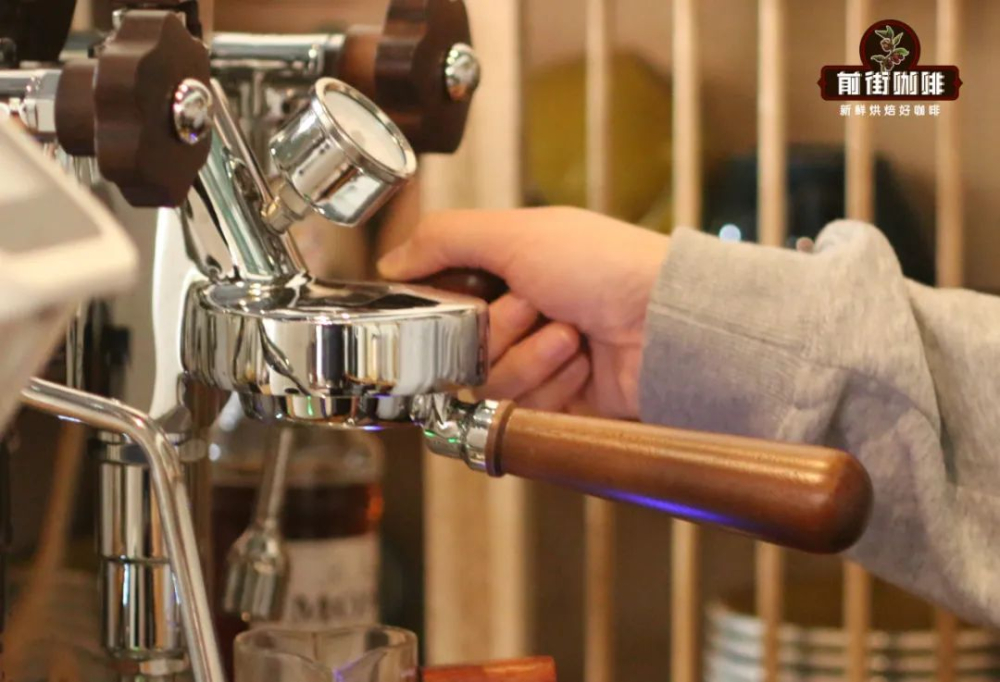
The espresso machine pushes high-pressure water through the coffee pressed powder, that is, even though the coffee powder itself is extremely fine, it still ensures moderate percolation and balanced extraction. The finer the coffee powder is, its surface area increases exponentially, so one of the advantages of ultra-fine powder is that the extraction speed is very fast. Not only faster, but also of better quality. High pressure can squeeze water into the inner cell wall of coffee powder, and the effects of extracting emulsified oil and dissolving sugars cannot be done by gravity alone.
Espresso symbolizes coffee with a complex and condensed flavor, and no other brewing method can show such mellow thickness and texture. If you want to get a good cup of coffee, excellent extraction is essential, and the aromatic compounds and taste compounds of the coffee in the cup are balanced. To put it simply, it should be sour, sweet and bitter, so you need to judge the state of espresso by tasting it.
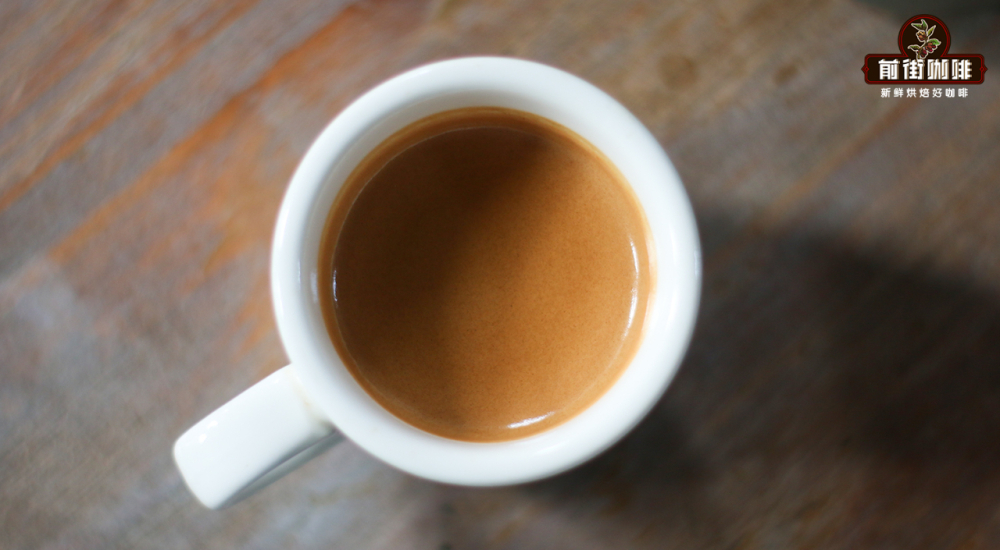
Why can't Italian coffee be extracted again?
The extraction of coffee is a complex physical process. By contacting the coffee powder with water, the soluble components in the coffee are transferred to the water to get the coffee liquid. Coffee cooked beans are composed of soluble aromatic substances (about 30%) and wood fibers (about 70%). The golden cup criterion holds that the extraction rate of coffee is in the range of 18-22%, and the extracted coffee substances are delicious.
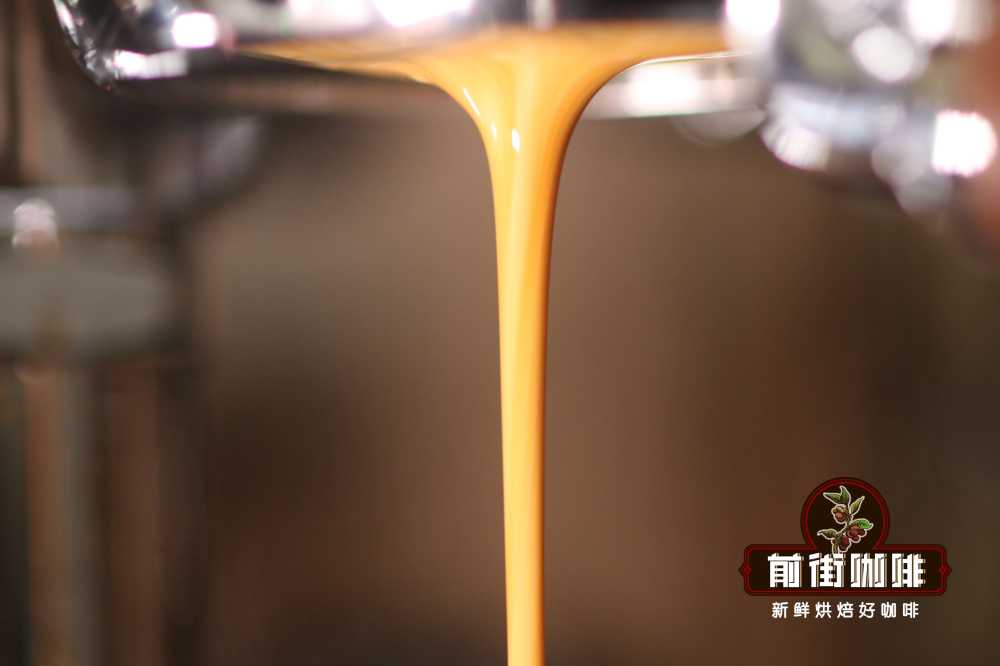
The soluble aroma is attached to the cell wall of ripe beans, dissolves after contact with water and flushes out with water, which is what we call coffee extraction. The deeper the coffee beans are roasted, the looser the internal structure, and the more easily the substances in the beans are broken down. When the coffee powder is continuously washed by water injection, the aromatic substances are released, and about 22% of the aromatic substances are taken out. If you continue to water injection or secondary brewing, you will continue to release macromolecules with miscellaneous odor.
Influencing factors of Italian Coffee extraction
Like hand-brewed coffee, the extraction parameters of espresso play a key role in coffee flavor, but they are not fixed numbers. For example, when making tea, you can get a pot of tea with a higher concentration by prolonging the soaking time and reducing the amount of water. Like coffee extract, it is not difficult to extract a good cup of espresso as long as you understand the relationship between the parameters. The following front street takes the products of espresso from stores as an example to talk about several key factors of extraction. The Italian coffee beans used in the front street are home-baked "sunflower sunflower mix", made from Honduran Shirley and Esseyega Shirley sun-tanned cherries.
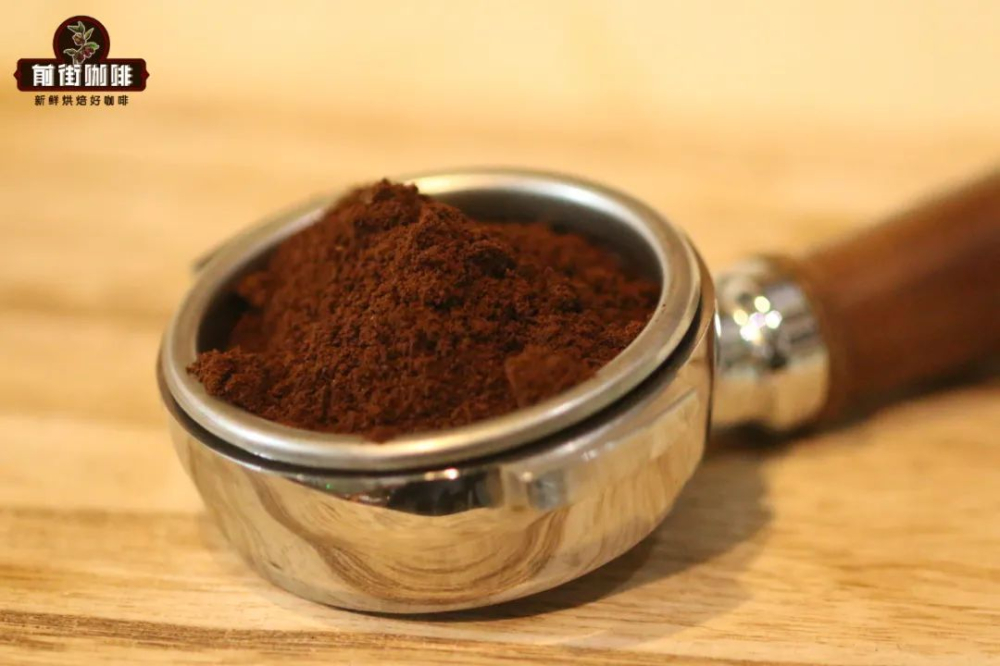
1. Powder-liquid ratio
The extraction ratio includes the amount of powder and the weight of the extracted coffee liquid, and the amount of powder roughly depends on the size of the powder bowl. The coffee machine in Qianjie store is equipped with a double powder bowl with a capacity of 20 grams, which will be produced with a quantity of 20 grams of powder. and then adjust up and down according to the concentrated extraction state of the day.
As mentioned in the front street above, the more water is injected into the coffee, the lower the concentration of the coffee liquid is, the more insipid the taste will be, and the flavor will not converge enough, so the appropriate proportion of powder and water is very important. The powder-to-liquid ratio is generally between 1.50 and 2.5, and it is more common to use 1:2 ratio, such as 20g coffee powder to extract 40g coffee liquid.
two。 Grinding degree
In most cases, a cup of Italian concentration takes only tens of seconds to complete the extraction. In such a short extraction time, in order to complete the aroma of coffee, it is necessary to grind the coffee powder finer and evenly, that is, a special electric bean grinder for Italian coffee extraction grinding.
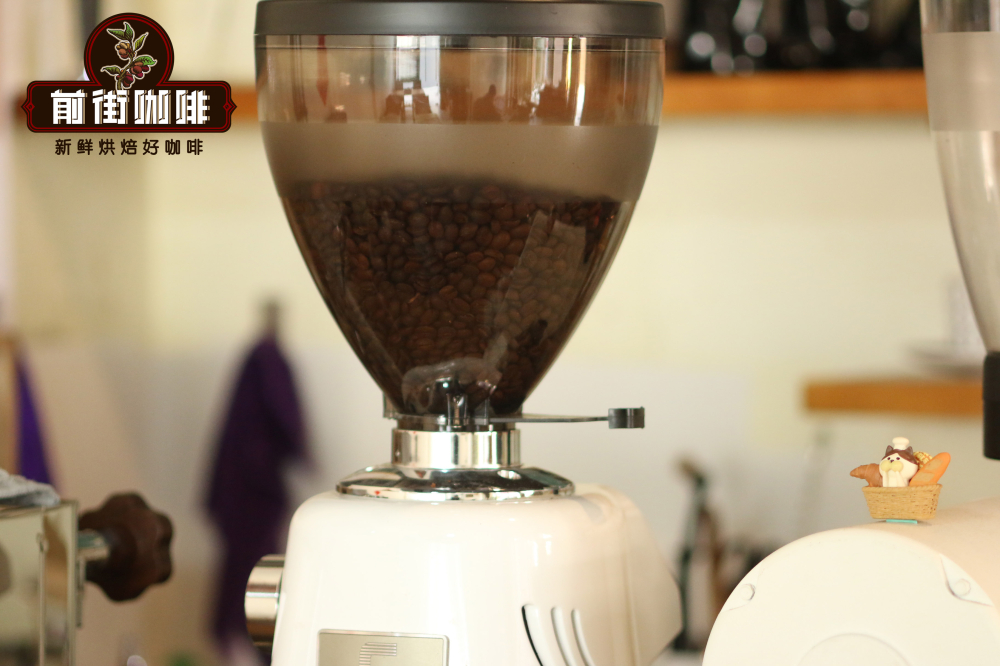
The grinding degree needs to be adjusted to a suitable range, the particles are too thick and easy to lack of extraction, the coffee flavor is light and sour; if the grinding particles are too fine, the coffee is easy to over-extract and taste bitter. In addition, because the fine degree of Italian grinding is much higher than that of hand grinding, the adjustment can not be too large, which can easily lead to too large variables and more unstable extraction.
3. Extraction time
The flavor substances in coffee begin to react as soon as they come into contact with water. The extraction time refers to the time when we press the extraction button to start the clock until the flow stops. Generally, the extraction time is controlled at 25-30 seconds. When the ratio of powder to liquid is fixed at 1: 2, the time will be controlled by adjusting the degree of grinding and the amount of powder. For less than 25 seconds, espresso may tend to be thin, light and sour. If the time is more than 30 seconds, it may tend to be bitter and exciting. The extraction time of Qianjie products is usually 29-30 seconds, which can stabilize the flavor substances while avoiding the over-extraction of macromolecules.
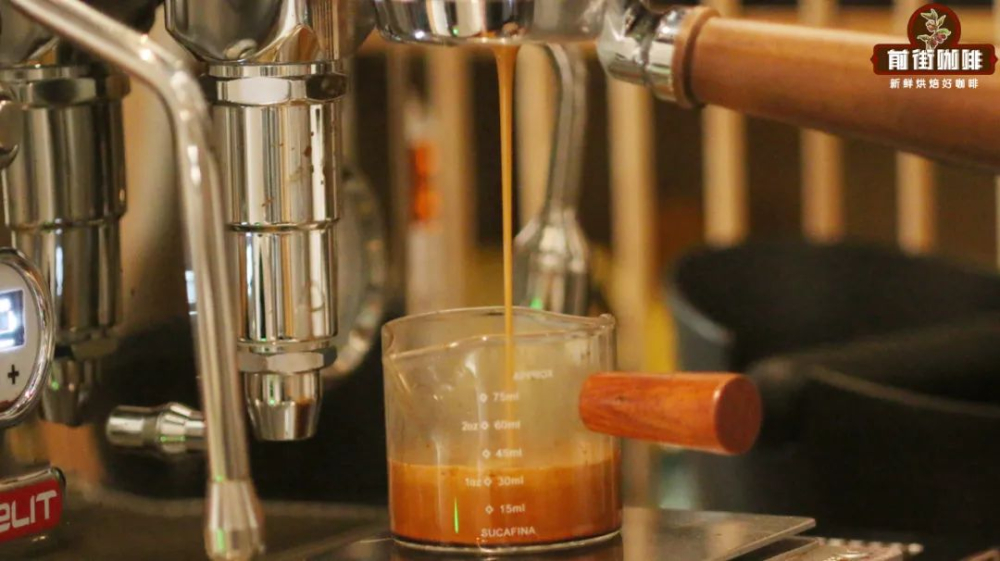
4. Velocity of flow
The flow rate is the velocity of the coffee liquid, and the final goal of our extraction parameters is actually the result of a flow rate.
In general, normal espresso needs to start dripping the first drop of coffee about the fifth second after pressing the extraction key, and the subsequent flow rate is relatively uniform. The speed of flow rate will directly reflect the question of whether the grinding degree and proportion are appropriate or not. If it takes more than 10 seconds (except pre-soaking) to produce the first drop of coffee, it is possible that the powder is too fine or the pressure is too dense. If the flow rate is too fast or jet phenomenon, it is too coarse powder, or the emergence of channel effect.
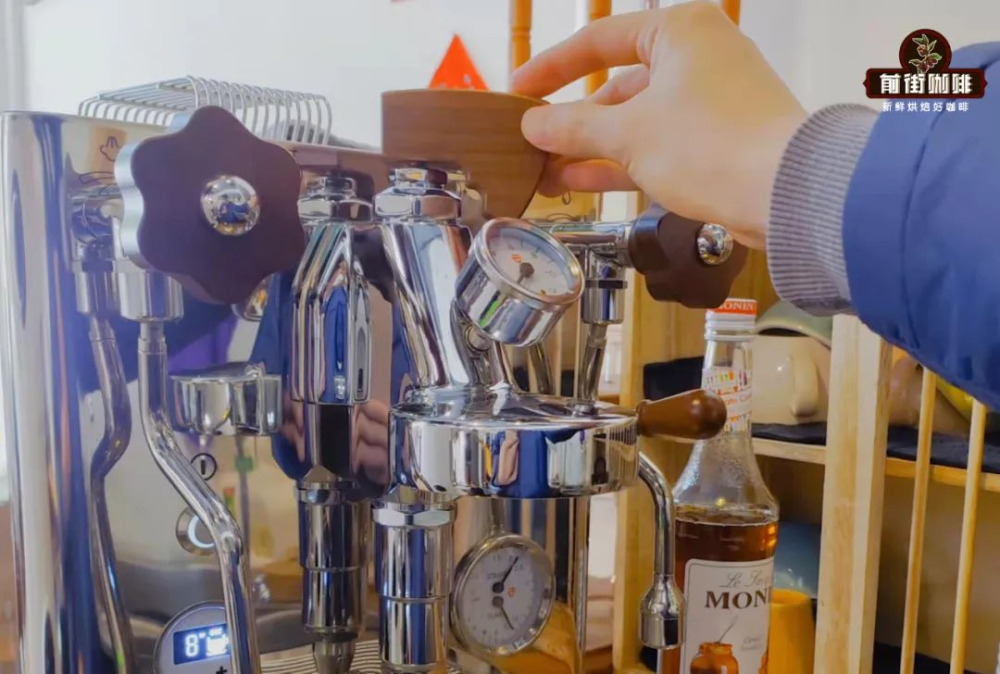
5. Pressure and water temperature
When we have just extracted a cup of espresso, we can notice that there is a layer of oil composed of a lot of small foam floating on the top. We call it crama, which is also a characteristic of espresso made from fresh coffee beans.
Coffee beans produce a lot of gas when they are roasted, and the water dissolves the carbon dioxide under high pressure, but the brewed coffee liquid gradually returns to normal atmospheric pressure, and the coffee liquid can no longer trap all the gas compositions. as a result, countless small bubbles will emerge from the liquid. These bubbles will stay on the coffee surface and look like a stable layer of "bubbles". Because the gas in the coffee beans will continue to be discharged over time, the longer the roasting date, the lower the carbon dioxide content and the less foam layer during extraction. So freshly roasted coffee beans and enough stress are indispensable factors in the formation of crama.
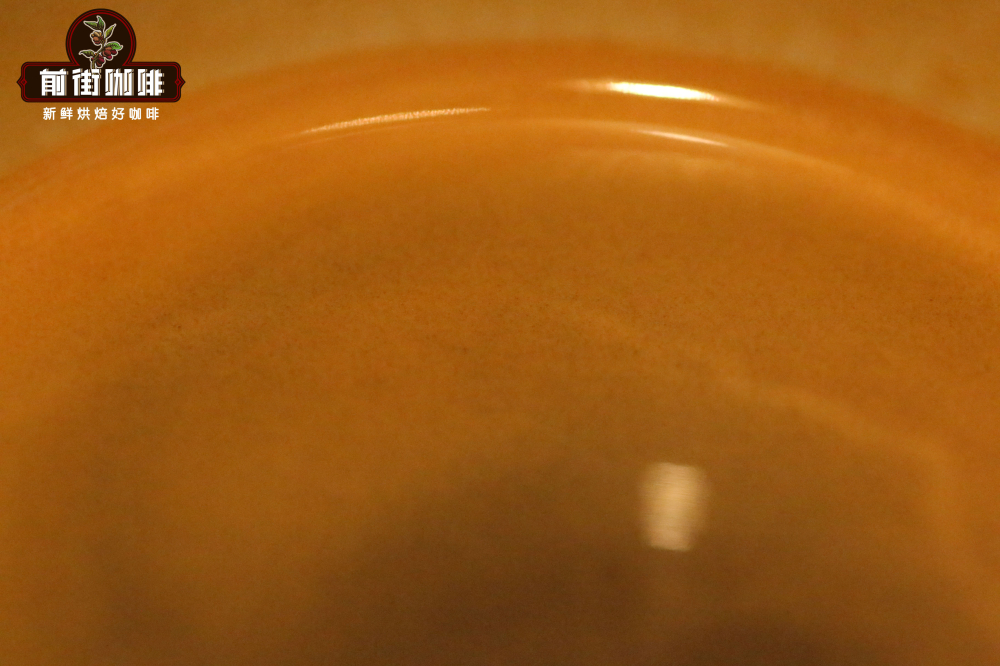
Usually, the extraction pressure of the semi-automatic coffee machine will be about 9~10bar, and the water temperature is generally 90-94 degrees Celsius. The higher the water temperature, the more substances released at the same time, too high temperature can easily lead to the bitter taste of large coffee, while if the water temperature is too low, the extraction is insufficient and the flavor is insipid.
Recommendation of Italian coffee beans
Delicious food is inseparable from good ingredients, of course, a good cup of espresso should also choose high-quality coffee beans with good flavor. There are four types of Italian coffee beans on the Qianjie bean list, all of which are Italian blends made from Qianjie after many comparisons.
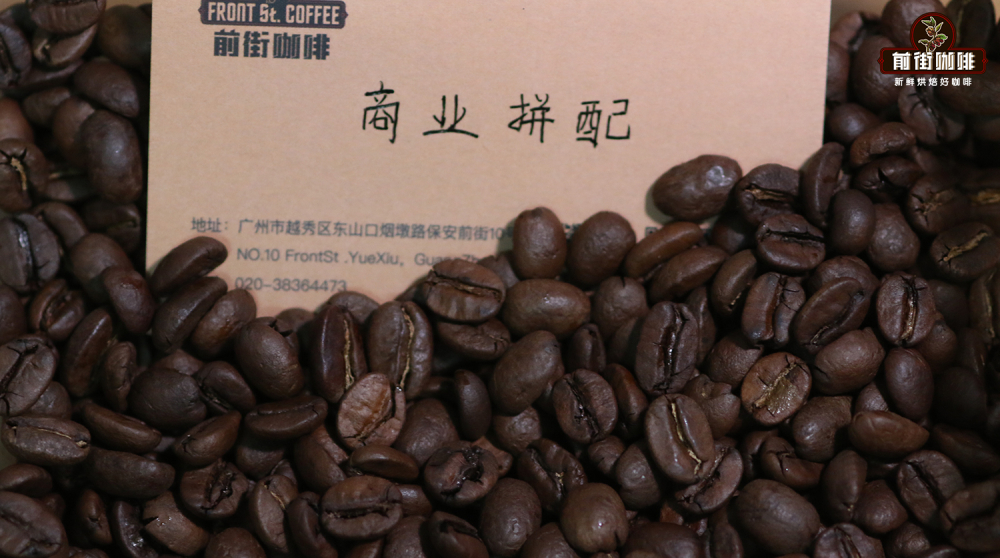
Classic mellow and thick type-- Qianjie commercial blending coffee beans
Robusta washed coffee beans (10%) + Colombian washed coffee beans (30%) + Brazilian half-sun coffee (60%)
The espresso has rich golden grease and nutty aromas. When you taste it, the coffee will be bitter, but it will be more creamy and full, and after swallowing, the bitterness will dissipate and the lips and teeth will stay fragrant.
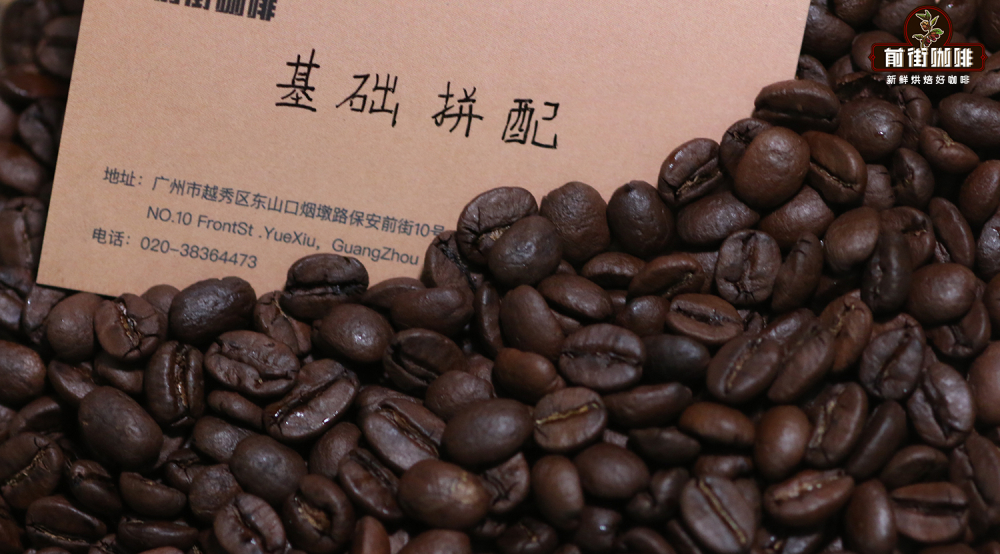
Slightly sour and mellow thick type-Qianjie basic blending of coffee beans
Yunnan washed small coffee beans (30%) + Brazilian half-sun coffee beans (70%)
Yunnan small Coffee has a soft acidity with the mellow aroma of Brazilian Hilado Coffee. Espresso has the taste of caramel, nuts and soft plum acid.
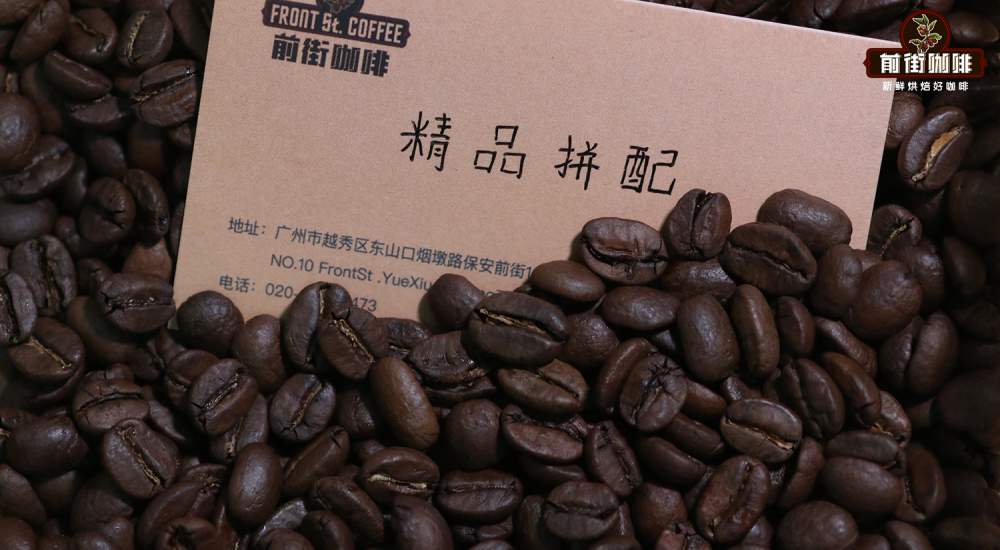
Balanced Luzhou-scented coffee beans with Qianjie boutique
Colombian washed coffee beans (30%) + Brazilian half-sun coffee beans (70%)
Colombian coffee is added to the nuts of classic Brazilian coffee, which is concentrated in Italian style with dark chocolate flavor, caramel sweetness and roasted aroma.
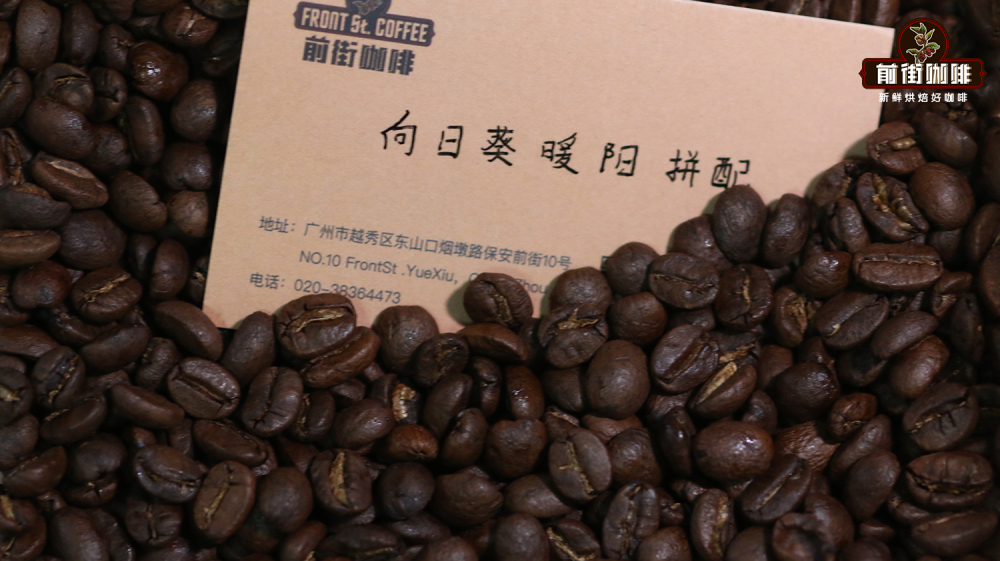
Delicate wine flavor-sunflower warm sun mixed with coffee beans
Ethiopian sun red cherry coffee beans (30%) + Honduran sherry barrel coffee beans (70%) make espresso espresso with a very strong dark chocolate flavor with a strong aroma of caramel. the aroma after swallowing is memorable. Both American coffee diluted with water and latte with milk are rich in aroma and taste.
Professional coffee knowledge exchange more coffee bean information please follow the coffee workshop (Wechat official account cafe_style)
For more boutique coffee beans, please add private Qianjie coffee on Wechat. WeChat account: qjcoffeex
Important Notice :
前街咖啡 FrontStreet Coffee has moved to new addredd:
FrontStreet Coffee Address: 315,Donghua East Road,GuangZhou
Tel:020 38364473
- Prev
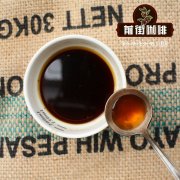
Is it really refreshing about instant coffee | to understand why instant coffee is not healthy
Professional coffee knowledge exchange more coffee bean information Please pay attention to the coffee workshop (Wechat official account cafe_style) now, many people have the habit of drinking coffee, and coffee does have more benefits to the body, not only anti-fatigue, refreshing, but also beauty and beauty, maintain the vitality of the body. But many hot selections do have instant coffee. Is instant coffee refreshing, people?
- Next
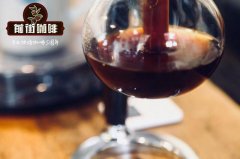
What is the taste of insufficient coffee extraction? how to solve the problem of insufficient coffee extraction?
Professional coffee knowledge exchange more coffee bean information Please follow the coffee workshop (Wechat official account cafe_style) for brewing coffee, the two most important raw materials are "good water" and "good coffee". When everything is ready, we will enter the extraction step. For all the different extraction methods, most of the preparations are consistent with the use of baking.
Related
- Beginners will see the "Coffee pull flower" guide!
- What is the difference between ice blog purified milk and ordinary milk coffee?
- Why is the Philippines the largest producer of crops in Liberia?
- For coffee extraction, should the fine powder be retained?
- How does extracted espresso fill pressed powder? How much strength does it take to press the powder?
- How to make jasmine cold extract coffee? Is the jasmine + latte good?
- Will this little toy really make the coffee taste better? How does Lily Drip affect coffee extraction?
- Will the action of slapping the filter cup also affect coffee extraction?
- What's the difference between powder-to-water ratio and powder-to-liquid ratio?
- What is the Ethiopian local species? What does it have to do with Heirloom native species?

